PVT Paul J. Weber
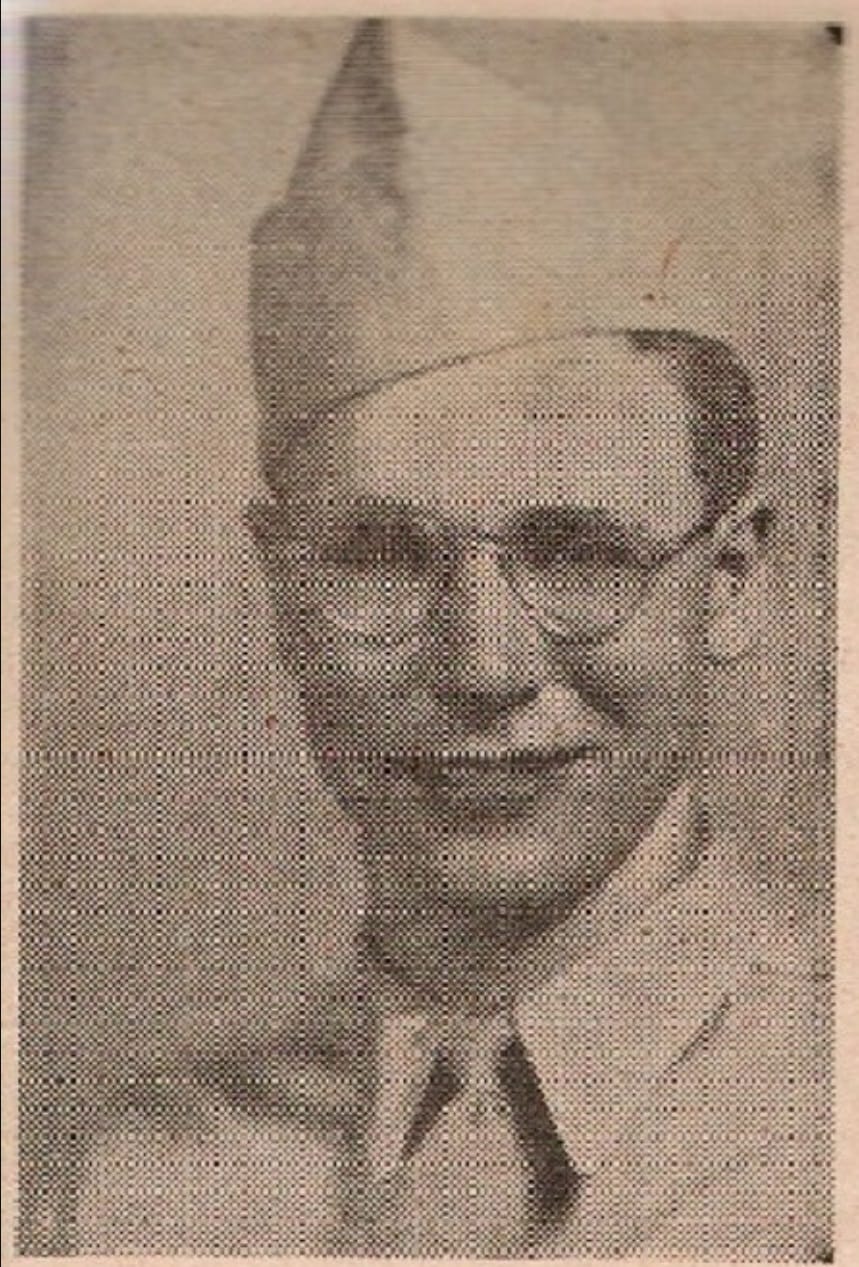
Private (PVT) Paul James Weber of Item Company, 3rd Battalion, 506th Parachute Infantry Regiment (PIR), 101st Airborne Division, was born in Saginaw, Michigan, to Adolf C. and Maria Pauline Weber on April 10, 1924.
He had two sisters, Marie Pauline and Mary Ann, as well as two brothers, Carl W. and Leo E. Weber. Carl also served in the military in WWII and was stationed at Camp Carson, Colorado, when Paul enlisted. He fought against the Germans before being wounded on December 11, 1944.
Paul Weber was a member of Saints Peter and Paul Church, where he attended high school and played football and basketball.
Prior to his enlistment in the U.S. Army, Paul worked at Wilcox-Rich Manufacturing Company in Saginaw, who specialized in manufacturing automotive valves.
Founded in 1913 as Wilcox, the company changed its name to Wilcox Motor Parts and Manufacturing Company after World War I. Then, after a merger with the aircraft valve manufacturer Rich Steel Products of Battle Creek, Michigan, it finally became known as Wilcox-Rich. Charles Lindbergh’s Spirit of St. Louis was one of the first planes to use sodium-cooled valves, a product developed by the Rich Steel researchers.
On March 3, 1943, Paul Weber enlisted with the United States Army.
His infantry training would take place at Camp Roberts, California, before he was transferred to the paratroopers in June 1943. After completing his jump training and receiving his wings, he was assigned to the 506th Parachute Infantry Regiment. PVT Weber would then sail to England in September 1943 to prepare for the main D-Day attack on the European continent.
His last paratrooper training would take place on May 22nd-23rd, when his battalion made their final jump under nighttime conditions. Their objective was assembling and performing an attack in the dark, just like what they were expected to do during their mission in Normandy.
However the training lacked one important condition – an enemy who would be shooting at the planes carrying the paratroopers, thus trying to prevent them from making a jump and avoiding a subsequent attack. This was something they could not adequately be prepared for!
Ultimately the numerous gun emplacements and other weaponry of the Germans in Normandy would lead to the loss of several airplanes on D-Day, killing many crews and paratroopers.
On Sunday, May 27th, 3rd Battalion arrived at the marshaling area at Exeter Airfield. The men were provided with briefings about the upcoming attack, an explanation of their mission targets including their drop zone, and given their main objectives. This was all supported by maps, aerial pictures, and sand tables showing the lay of the land (including villages, roads, important crossings, rivers, and canals).
Just before midnight, the 45 planes consisting of 3rd Battalion, took off from Exeter Airfield.
PVT Paul Weber was onboard a C-47A Skytrain, #42-100905, an aircraft belonging to the 95th Troop Carrier Squadron of the 440th Troop Carrier Group. The pilot was 1LT Ray B. Pullen and the jump master was 1LT Gerald V. Howard Jr. The plane carried a mixture of men from Item Company’s 1st Platoon and several paratroopers from its HQ Section.
Lieutenant Howard’s plane (chalk 15) had been one of three planes randomly selected to carry additional ammunition in wing bundles. In these cases it was TNT explosives.
As the planes were subjected to heavy enemy flak and small arms fire, a German tracer round is thought to have hit one of the bundles, causing the plane to explode in midair. As a result, four crew members and 18 paratroopers, including PVT Paul Weber, perished on the morning of D-Day, June 6, 1944
Another Screaming Eagle had soared to the ultimate height. 🦅
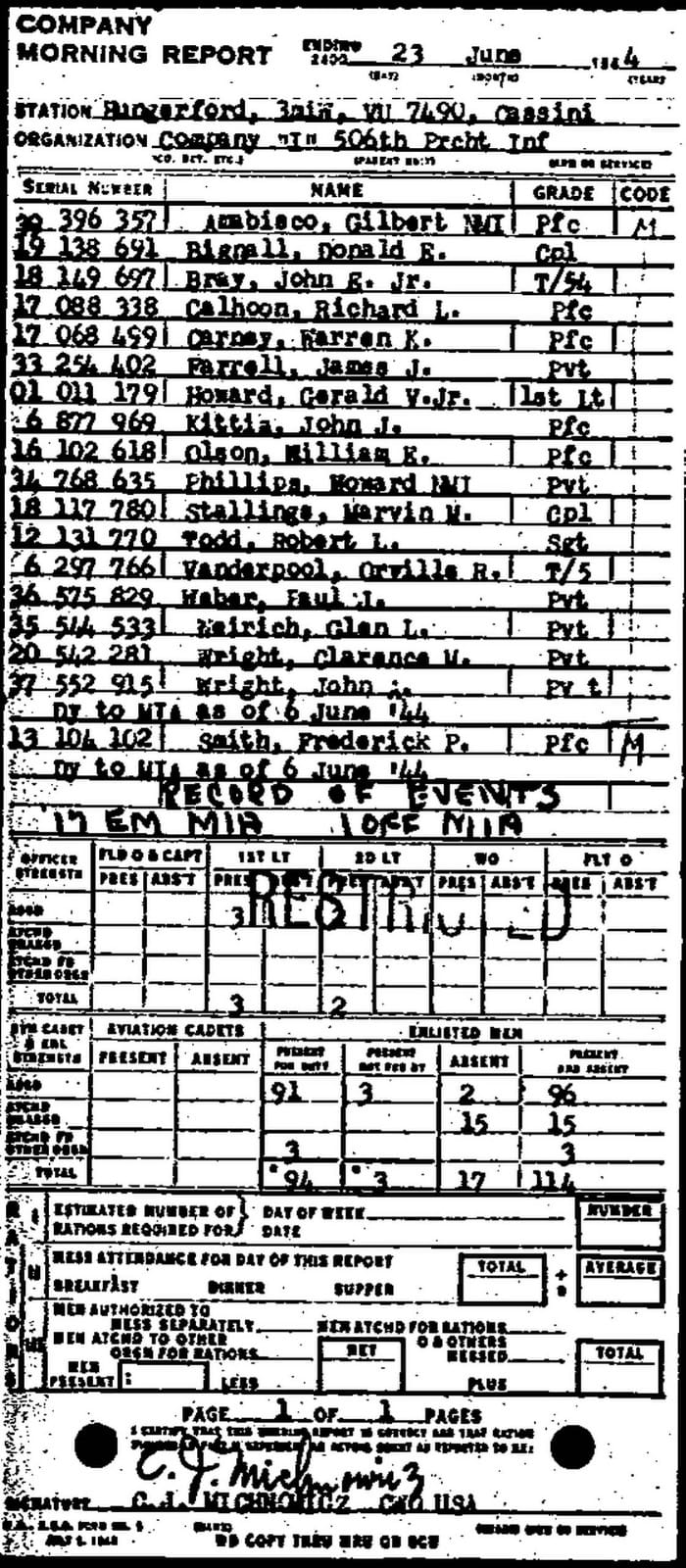
Item Company was hit hard that day as another plane (#42-100733; Chalk 24) was also lost. The aircraft had caught fire and crashed in the English Channel. Four paratroopers managed to jump out and survive, but the rest of crew and other paratroopers had lost their lives.
PVT Paul James Weber rests eternally at the Saint Andrew Cemetery in his hometown Saginaw. Besides his parents, two sisters and two brothers, he left behind his fiancé, Miss Agnes Wrona.
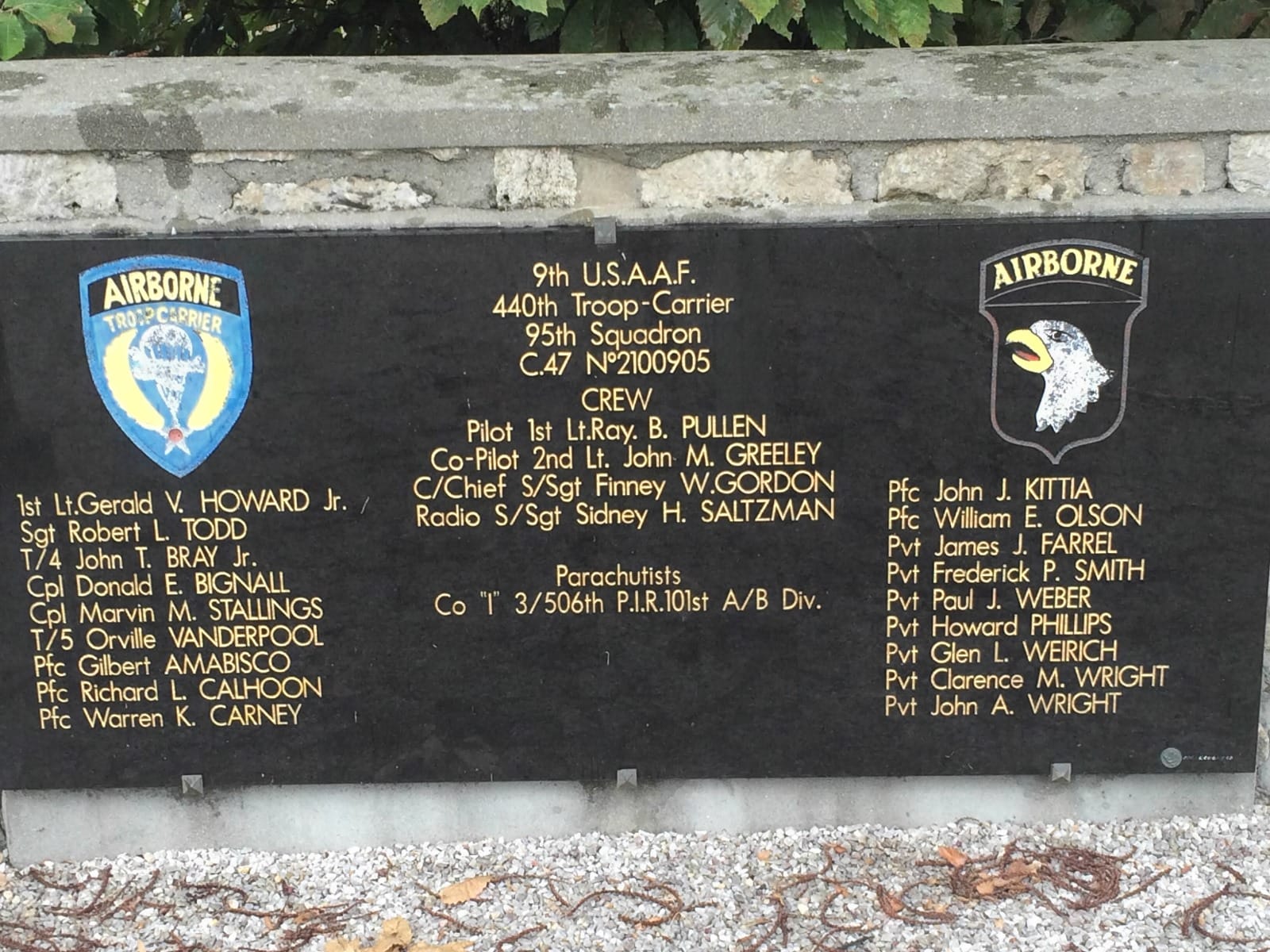
Paul and his fellow seventeen paratroopers and four crew members of Chalk 15 are remembered by a memorial, established by the residents of Magneville, near the actual crash site of the plane. May they all rest in peace.
Happy 100th Birthday in Heaven, Paul.
Lest we forget! 🇺🇸
Sources
- Find a Grave, Paul James Weber
- Find a Grave, Gerald Vincent Howard
- Tonight We Die as Men, by Ian Gardner & Roger Day
- Saginaw News, Wednesday, July 5, 1944 (courtesy of Judy Cahoon Egan)
- Saginaw News, Tuesday, June 12, 1945 (courtesy of Judy Cahoon Egan)
- Missing AirCrew Report 6167
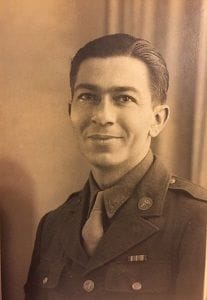
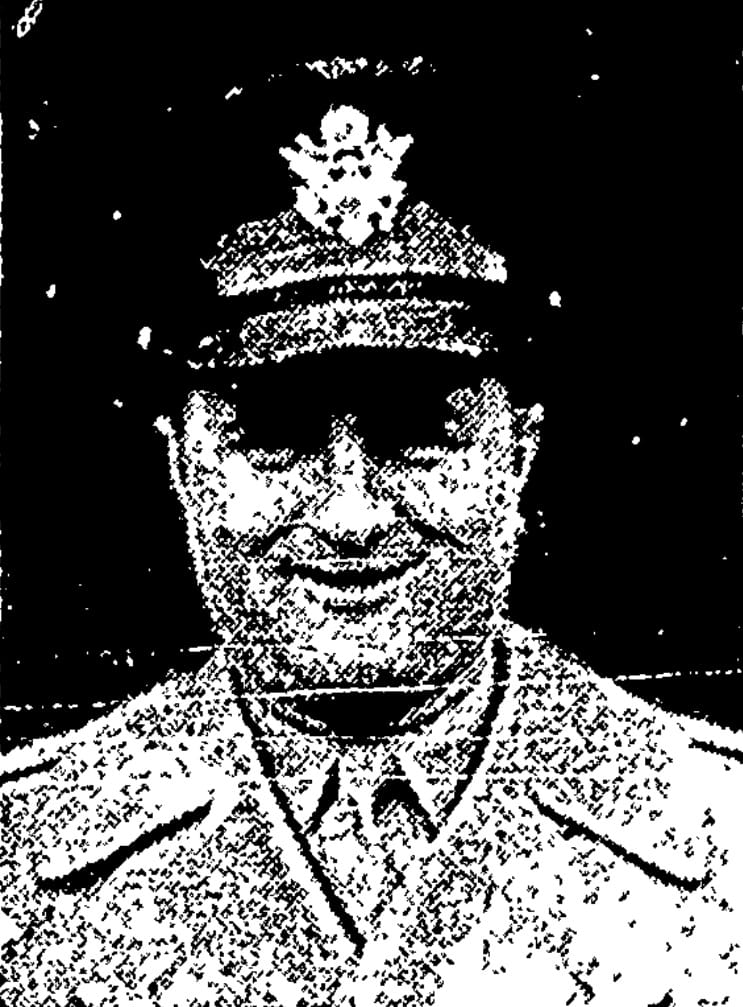
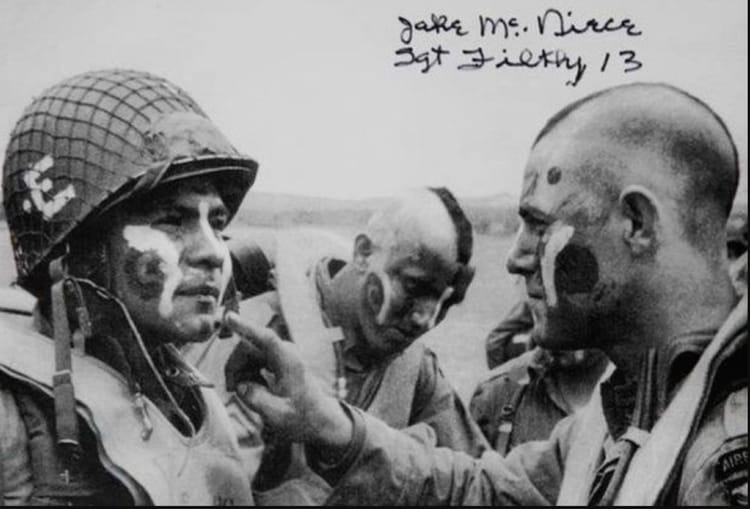
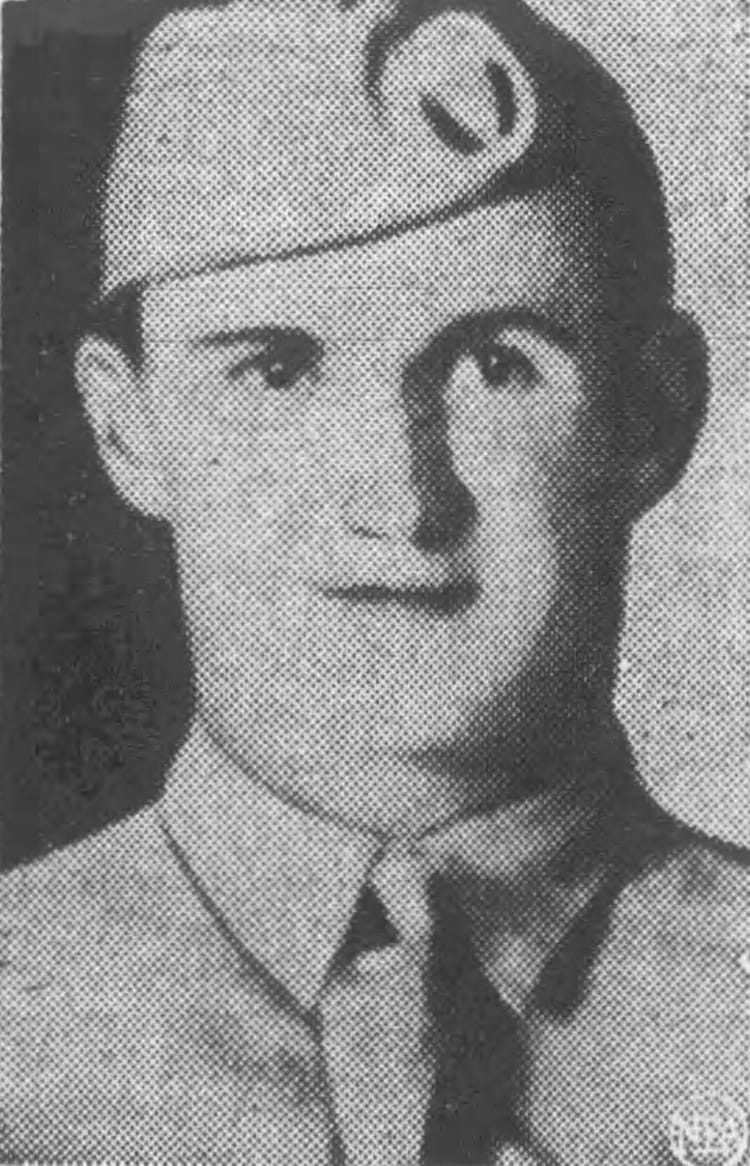
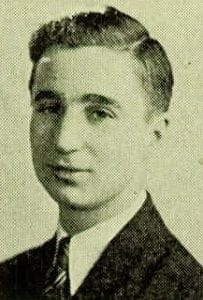
Member discussion